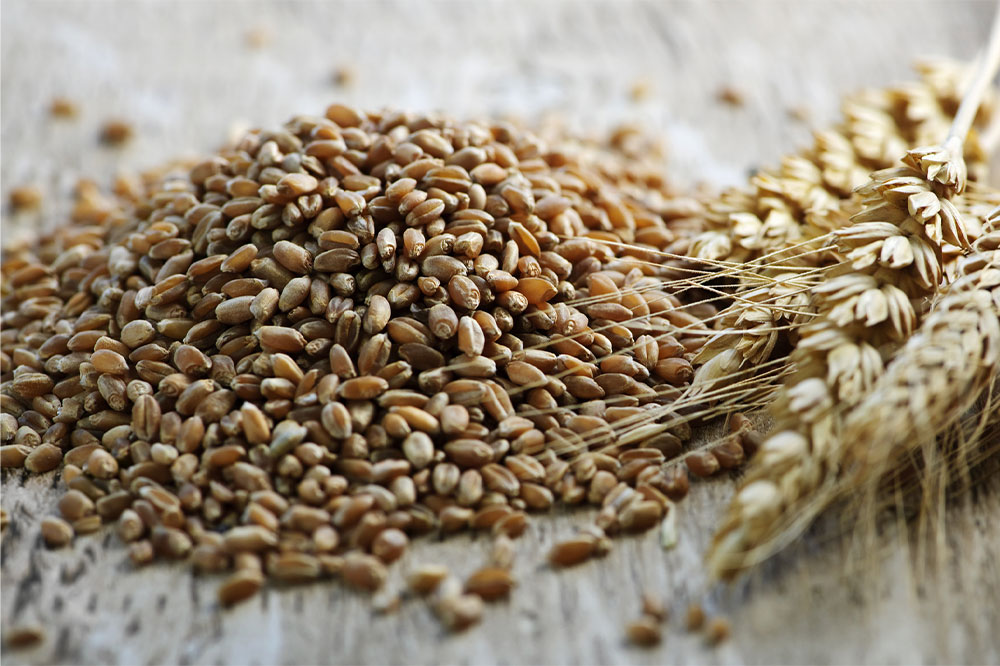
3 ways to manage leukemia symptoms
Leukemia is a cancer that involves blood-forming tissues, including the bone marrow as well as the lymphatic system. It is the sixth most common type of cancer diagnosed in the country. It primarily impacts the white blood cells that are responsible for the body’s ability to fight against microbial and parasitic infections. Listed below are a few treatment options, meal plans, and lifestyle changes to manage the symptoms of leukemia: Treatment BLINCYTO® BLINCYTO® is used in the treatment of some types of Acute Lymphoblastic Leukemia (ALL). It works by directing T-cells to target and bind with a particular protein within lymphoma cells. TASIGNA® TASIGNA® contains nilotinib, a compound that is used in the treatment of certain types of Chronic Myelogenous Leukemia (CML). It works by slowing down the progression or stopping the growth of cancerous cells. Foods to eat and avoid Patients undergoing treatment have a compromised immune system that makes them more susceptible to food-borne illnesses. It is important for them to be more mindful of the food they consume. Whole grain Whole grains are rich in minerals and vitamins. Including whole grains like rice, buckwheat, oats, and quinoa will give leukemia patients the nutrients they need. Fruits and vegetables Cruciferous vegetables and legumes are highly recommended for patients.
Read More 










